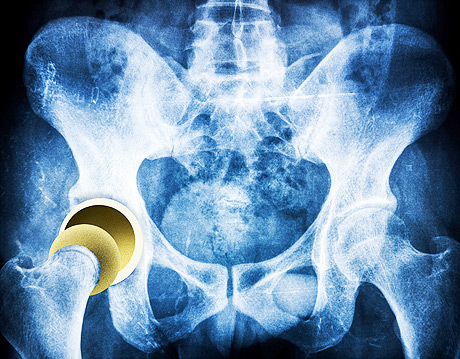
Super Performances Of Diamond In The Medical Field Diamond, which is known for its hardness and wear resistance, has been used in machining for hundreds of years as a super-hard tool material. Besides, it also has the advantages of good stability and biocompatibility, which is in line with the material requirements of surgical tools used […]
Tags: Cancer Treatment, Cell Markers, Chromium, cobalt, Department Of Orthopedics, Department Of Stomatology, Diamond, Diamond In The Medical Field, Diamonds, Drug Carrier Material, Medical Materials, Medical Tools, Medicine Field, Nano-diamond, Nickel, Performances Of Diamond In The Medical Field, Separation Of Proteins, Super Performances Of Diamond In The Medical Field
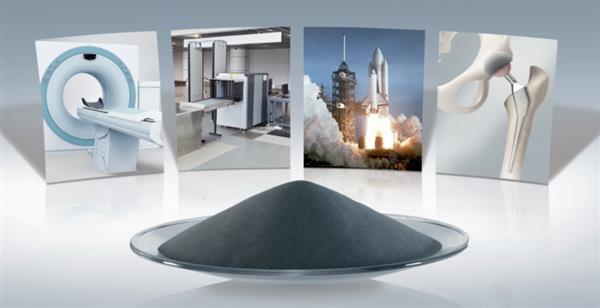
Refractory Metal Powders VS 3D Printing Technology 3D printing technology is also called additive manufacturing, and the metal devices produced by this technology are somewhat similar to the powder gold treatment technology we currently use, all of which are built on metal powder, and the difference is that the material powder is not bonded by […]
Tags: 3D Printing Technology, Advanced Refractory Metals, Chromium, Molybdenum, refractory metal powders, Refractory Metal Powders VS 3D Printing Technology, Refractory Metals, rhenium, titanium, Tungsten
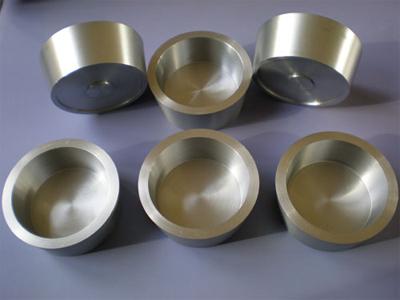
Why Is Zirconium A Transition Metal? When of sufficient purity, zirconium is soft and ductile. Zirconium a transition metal has good corrosion resistance and low absorption capacity for thermal neutrons. These properties are desirable in materials used for certain parts of nuclear reactors. The great increase in the production of zirconium since 1945 has been […]
Tags: Advanced Refractory Metals, alloys of zirconium, ARM, cast ingots of zirconium, Chromium, Hafnium, Hafnium oxide, powder-metallurgical process, Refractory Metals, Tungsten, Why Is Zirconium A Transition Metal?, Zircaloy, Zirconium, Zirconium A Transition Metal, zirconium metal
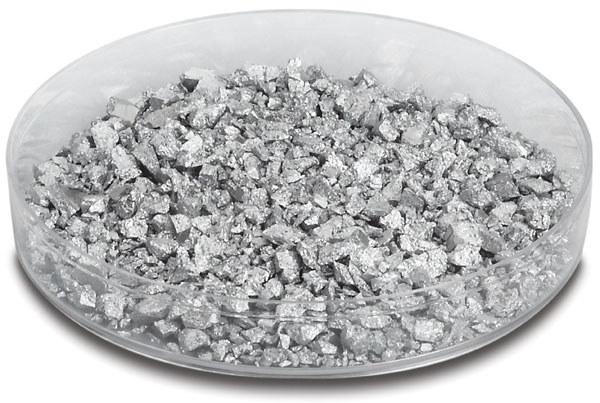
How Does Chromium Work? In this article, we will take a look at how chromium works. The melting point of chromium is the lowest of the abundant refractory metals, but it is more than 700 degrees above that of iron. The density of chromium is slightly less than that of iron. At elevated temperatures, it […]
Tags: Abundant Refractory Metals, Advanced Refractory Metals, Chromium, Chromium metal, How Chromium Works?, Refractory Metals
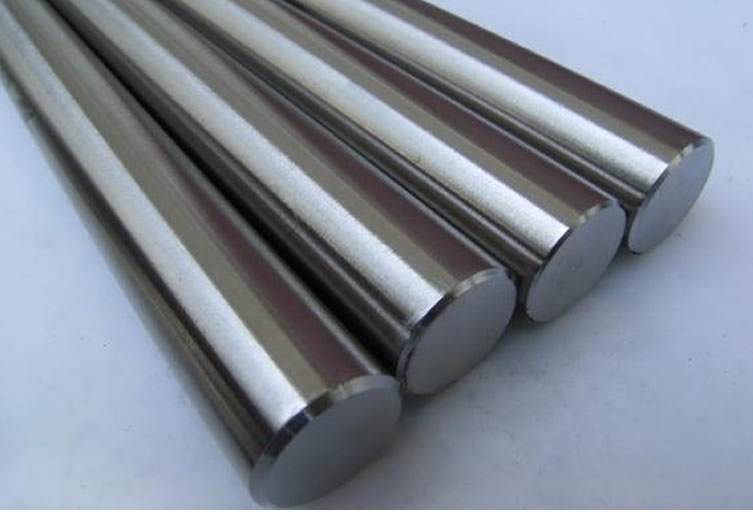
The List Of Abundant Refractory Metals Tungsten, tantalum, molybdenum, columbium, vanadium, and chromium may be classed as relatively abundant refractory metals; that is, free world reserves of contained metal are over 100,000 tons for each metal. The first four show promise in a considerably higher temperature range than the last two, and sometimes the term […]
Tags: Abundant Refractory Metals, Chromium, Molybdenum, Refractory Metal, Refractory Metal Bars, Refractory Metals, tantalum, Tungsten, Vanadium
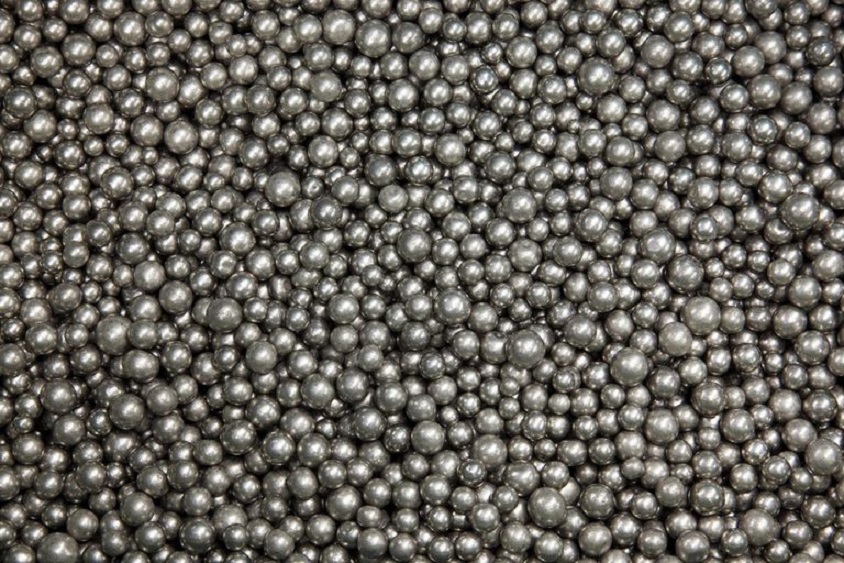
Which Metals are Nickel-Free? In 1751, Axel Fredrik Cronstedt, working at Stockholm, investigated a new mineral – now called nickeline (NiAs) – which came from a mine at Los, Hälsingland, Sweden. He thought it might contain copper but what he extracted was a new metal which he announced and named nickel in 1754. Many chemists […]
Tags: Chromium, corrosion resistance, Metals are Nickel Free, Nickel, Nickel Free, nickel-cadmium batteries, nickel-metal, Which Metals are Nickel Free?
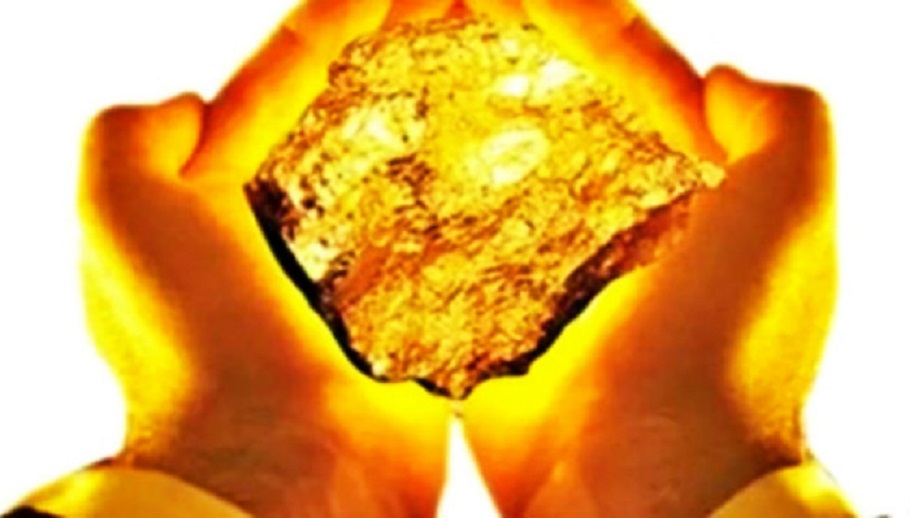
How Refractory Metals were Discovered and Developed? In today’s article, we’ll take a look at how refractory metals were discovered and developed. Refractory metals are referred to elements or alloys with melting points over 3002℉, such as tungsten, molybdenum, tantalum, niobium, titanium, zirconium, hafnium, vanadium, chromium, rhenium and alloys including tungsten alloys, molybdenum alloys, niobium […]
Tags: Chromium, Developing History, Developing History of Refractory Metals, Discover History of Refractory Metals, Discovery History, Hafnium, How Refractory Metals were Discovered and Developed?, Molybdenum, Niobium, Refractory Metals, rhenium, tantalum, titanium, Tungsten, Vanadium, Zirconium
Copyright © 1994-2024 Advanced Refractory Metals owned by Oceania International LLC, All Rights Reserved.